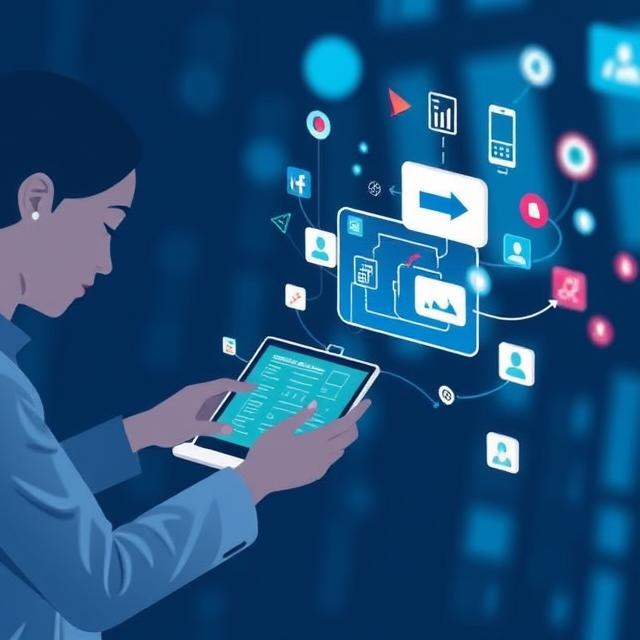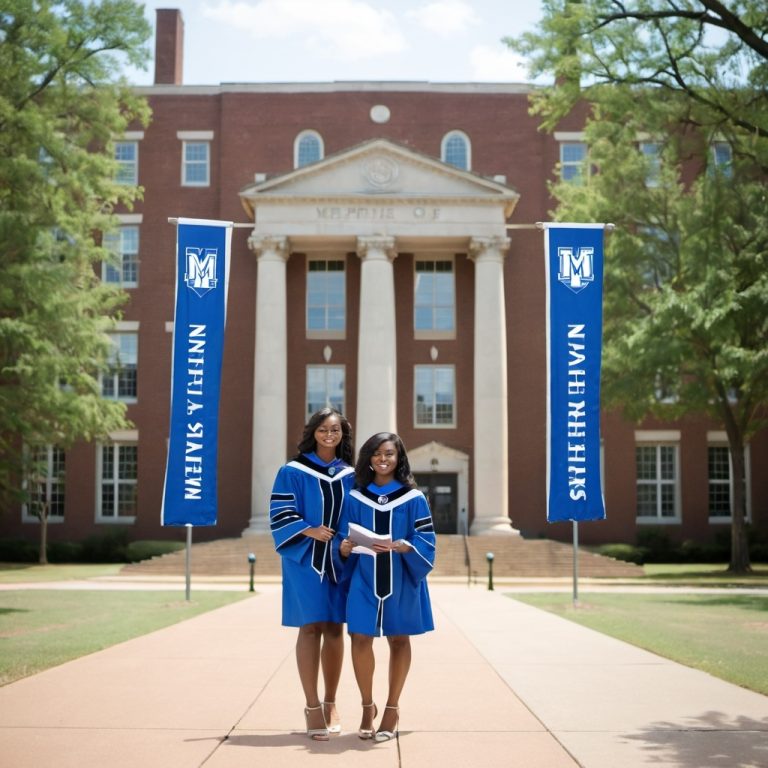Blockchain technology, known for its role in powering cryptocurrencies like Bitcoin, has emerged as a transformative tool in various sectors, including education. One of the key areas where blockchain can significantly impact is in academic credential verification. Traditionally, verifying academic qualifications has been a manual and time-consuming process, often subject to errors or fraud. Blockchain offers a more efficient, secure, and transparent solution for verifying academic credentials. Here’s a breakdown of the role of blockchain in academic credential verification:
1. Security and Fraud Prevention
- Immutable Records: Blockchain’s core feature is its immutability, meaning that once data is recorded, it cannot be altered or deleted without the consensus of the network. This ensures that academic credentials, once verified and stored on the blockchain, are tamper-proof. This prevents fraudulent activities like altering or falsifying degrees, diplomas, or certificates.
- Transparency: Every transaction or entry on a blockchain is visible to all participants in the network, ensuring complete transparency. Educational institutions, employers, and other stakeholders can trust that the information on the blockchain is accurate and verified.
- Decentralization: Blockchain operates on a decentralized network, meaning there is no central authority that controls the data. This reduces the risk of data manipulation or loss, making it more reliable than traditional centralized databases.
2. Faster Verification Process
- Instant Access to Credentials: Blockchain enables the immediate and secure sharing of academic credentials. Instead of waiting for universities or institutions to manually verify qualifications, employers, educational institutions, and other stakeholders can instantly verify a student’s academic history through the blockchain.
- Automated Verification: With smart contracts (self-executing contracts with the terms directly written into code), the process of credential verification can be automated. For example, once a candidate submits a request for job verification, a smart contract can instantly retrieve and verify their credentials without requiring human intervention.
3. Reduced Costs
- Elimination of Intermediaries: Traditionally, the process of verifying academic credentials may involve intermediaries like third-party verification services, which can add time and cost to the process. Blockchain removes the need for these intermediaries, thus reducing the costs associated with credential verification.
- Reduced Paperwork: Since the process of issuing, storing, and verifying academic credentials can be digitized and stored on the blockchain, there is less need for paper-based records and the associated costs (printing, storage, and mailing).
4. Control and Ownership of Data
- Empowering Students: Blockchain provides students with control over their academic credentials. Instead of relying on institutions to manage and provide verification, students can access their credentials anytime and share them with anyone securely. Blockchain allows students to own their academic data, maintaining privacy and control over who can access it.
- Privacy and Consent: Students can choose which parties to share their academic credentials with, ensuring that their personal data is only accessed with their consent. The decentralized nature of blockchain ensures that this data is not controlled by a single entity, enhancing privacy.
5. Global Access and Standardization
- Cross-Border Recognition: Blockchain can facilitate the international recognition of academic credentials. Because blockchain records are universally accessible, they can be verified by institutions and employers globally without the delays often associated with paper-based records or country-specific verification systems.
- Standardization of Credentials: The use of blockchain allows for a more standardized approach to credential verification, ensuring that qualifications are recognized and validated according to a global standard. This is especially beneficial in global hiring or academic transfer scenarios.
6. Accurate Tracking of Academic Progress
- Continuous Record of Achievements: Blockchain can store not just completed degrees, but also ongoing achievements, certifications, and courses. As students continue their education, the blockchain can track their academic progress in real-time, creating a comprehensive and accurate record of their learning journey.
- Micro-Credentials and Lifelong Learning: With the rise of online learning platforms and micro-credentials, blockchain offers a way to verify these smaller, specific achievements. This enables a more granular representation of a person’s educational background, enhancing their employability and educational mobility.
7. Decentralized and Trustworthy Educational Ecosystem
- Collaborative Ecosystem: Educational institutions, employers, and governments can collaborate within a blockchain-powered ecosystem to verify qualifications, certifications, and achievements. This creates a decentralized, reliable, and transparent educational environment.
- Trusted Verification Partners: Blockchain enables educational institutions and employers to interact directly with each other, building a trusted network of verifiers. Schools, universities, and employers can rely on blockchain to provide accurate records without needing to trust intermediaries.
8. Case Examples of Blockchain in Academic Credentialing
- MIT’s Digital Diplomas: The Massachusetts Institute of Technology (MIT) was one of the first major universities to use blockchain for credentialing. It partnered with the startup Learning Machine to issue digital diplomas to graduates on a blockchain-based platform. The diplomas are tamper-proof and can be easily verified by potential employers or other educational institutions.
- The University of Nicosia: In 2014, the University of Nicosia in Cyprus became the first university to offer degrees and certificates on the blockchain. They issue both paper-based and blockchain-based diplomas, allowing students to securely store and share their credentials.
- Blockcerts: Blockcerts is an open standard for issuing, viewing, and verifying blockchain-based certificates. Several universities and institutions worldwide use Blockcerts to issue tamper-proof digital credentials to graduates.
9. Challenges and Considerations
- Adoption and Integration: While blockchain holds immense potential, the widespread adoption of blockchain for credential verification is still in its early stages. Educational institutions, employers, and governments will need to invest in infrastructure and standardization before blockchain becomes a global norm for academic verification.
- Privacy Concerns: Despite blockchain’s security features, there are concerns about how personal data will be handled on public blockchains. Ensuring compliance with data privacy regulations, such as the GDPR in Europe, is crucial for protecting students’ sensitive information.
- Technological Barriers: Some educational institutions, especially in developing regions, may lack the resources to implement blockchain technology. Additionally, technological literacy among administrators, students, and employers may pose a barrier to full-scale implementation.






